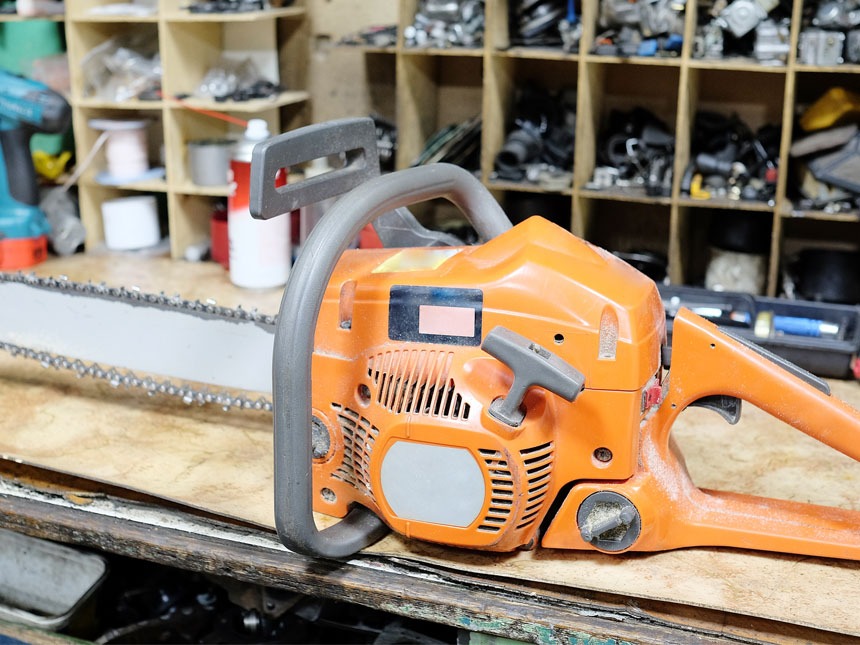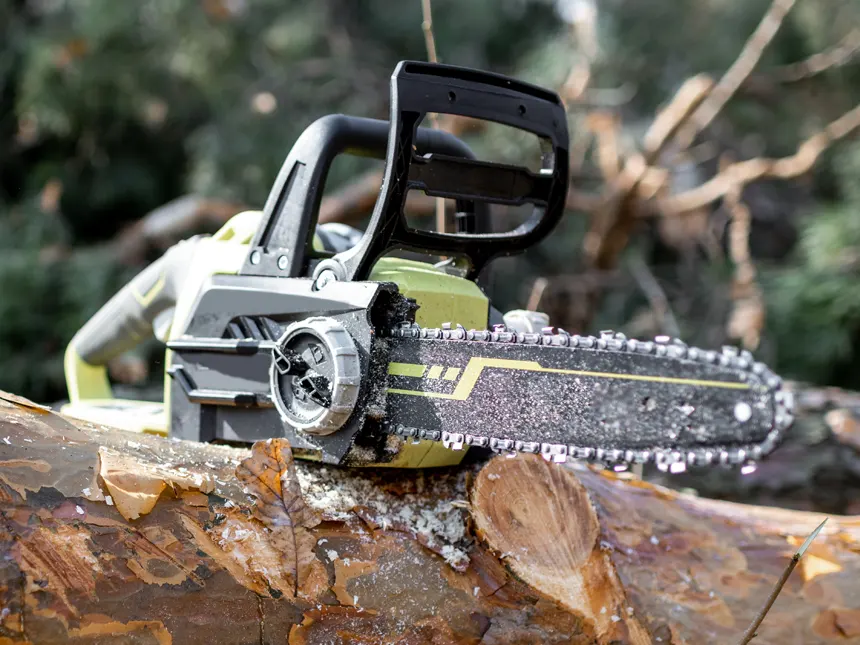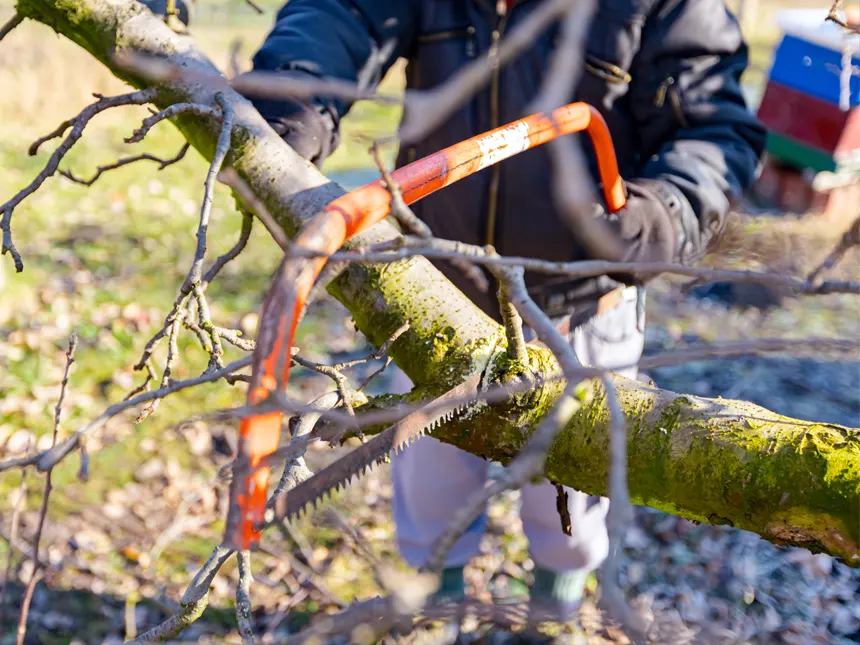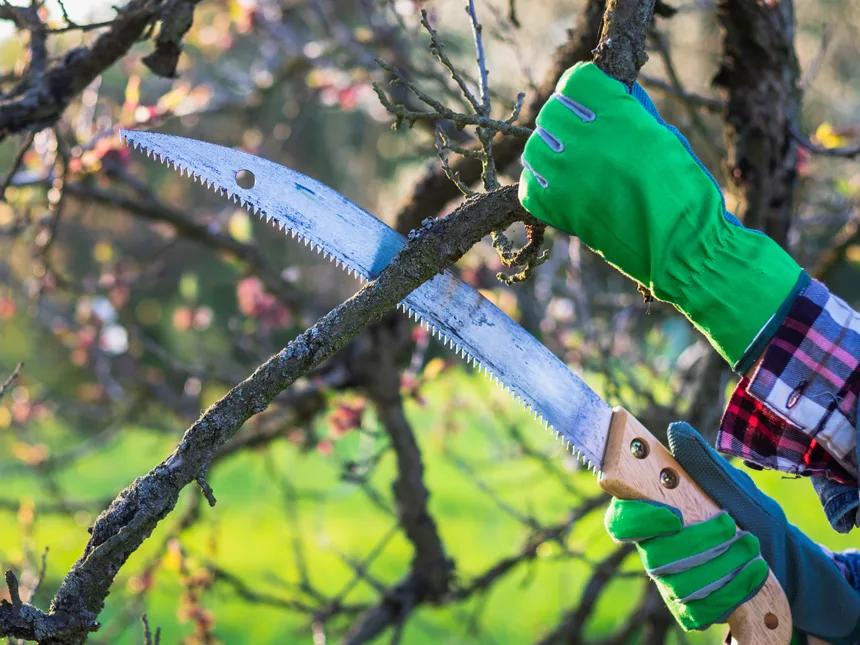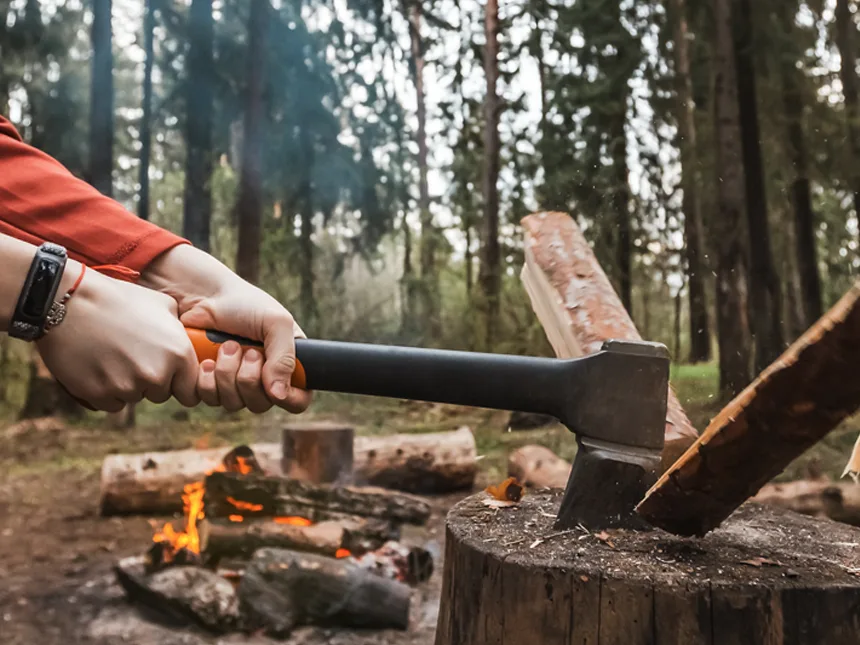Black Locust Firewood Guide
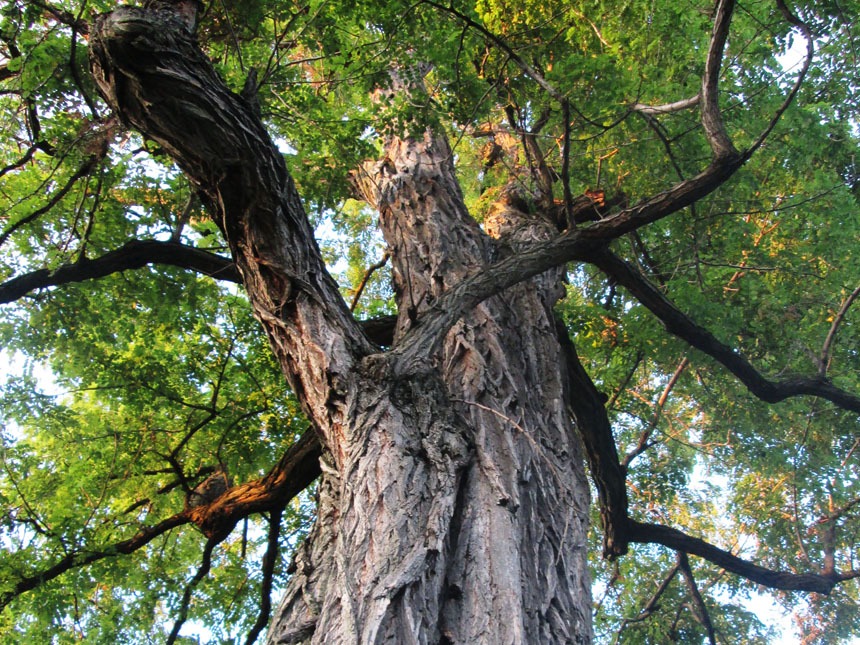
Timber Gadgets is reader-supported. We may earn a commission if you buy through the links on our site.
Black locust is an excellent firewood, leading in almost all characteristics compared to others. It is a highly dense hardwood that is very heavy. It has low moisture content and is moderate to difficult to split.
Black locust is native to Northern America and finds use as firewood and lumber. It is particularly resistant to rot and fences made with black locust are reported to stand over 80 years without deteriorating.
It grows into a medium or large-sized tree that bears beautiful flowers. Its branches are thorny which carry paired spines at the base of the leaf. Black locust trees can grow to a height of 70 to 80 feet.
Table of Contents
Is Black Locust Good Firewood?
Black locust is prized firewood. It produces an immense amount of heat with low smoke. Its coals burn for a very long time and the wood leaves behind very little creosote and ashes.
It is hardwood so it may take more time to light. Some people prefer to use softwood like cedar to get it started. Once it’s burning, black locust will keep the stove running. It produces a very faint smell.
Black Locust has low resin and sap contents so it produces very little smoke. Just be sure the firewood is fully seasoned, having a moisture content at or below 20 percent. Otherwise, any type of firewood will produce high amounts of smoke.
Burn qualities of Black Locust firewood
- BTU: 27.5 to 29.8
- Weight: 4016 lbs per dry cord
- Splitting Difficulty: moderate to difficult
- Seasoning Time: 1 year
- Smoke: low to medium
- Smell: slight, pleasant
It has a very high density and is fairly heavy if you hold a piece of it in your hand. That’s why it burns for a long time and produces a good bed of coals. Black locust weighs heavier than most hardwoods.
Moreover, it produces a mild fragrance and has a low smoke output and minimal smart Sparks.
Heat output
Black locust produces 29.8 million BTUs per cord which is among the highest heat-producing firewood. If firewood is burnt wet, heat output decreases significantly. This reduction in heat output is because a lot of heat energy is wasted in vaporizing the moisture.
Coals
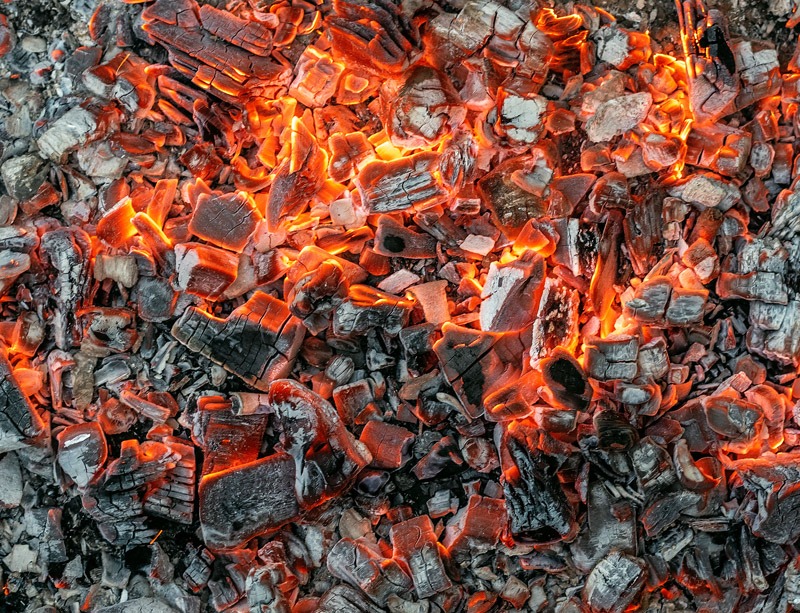
Commonly hardwoods produce high-quality coals. Black locust, being one of the densest hardwoods, has incredibly high-quality coals. The coals burn hot for long periods of time and also provides a consistent bed of coals for cooking purposes.
Smoke
Black locust produces a low amount of smoke, similar to that of most hardwoods. It contains a small amount of sap and resins as well. For minimal smoke production, firewood needs to be seasoned properly.
Creosote
Higher sap and resin content along with high moisture content produces greater amounts of creosote. Fortunately, black locust, when seasoned properly, has lower quantities of sap and resin. Hence the reason it produces little creosote and does not pose as much danger to your chimney, compared to other types of wood. Still, you need to clean your chimney seasonally, to avoid any mishap.
Sparks
Black locust makes very few sparks, so it is safe to burn indoors and outdoors equally. High sparking firewood is more likely to start a fire, both indoors and outdoors.
Smell
Black locust has a faint smell, which is considered nice. It can be described as a faint woody smell but there is no distinction to it. This can be a good thing or a bad thing, depending on your preference.
Splitting
Splitting black locust wood can be difficult, or moderate if you do not encounter a lot of twists and knots or branching. The best time to cut it is between winter and early spring because during this time wood typically contains a lower moisture content..
How Long to Season Black Locust Firewood?
Black locust firewood can be seasoned in as little as 6 months but, in order to reach the optimal burning levels, it will need to sit for 1 to 1.5 years.
Comparison of Black Locust with other firewoods
Here we have presented a comparison between popular firewood for their dry weights and heat output. You’ll find that black locust is heavier and produces higher heat than most.
Black locust performs excellently in almost all segments, except splitting ease where it falls into the moderate category. Overall black locust is one of the best firewoods you can burn this winter.
| Species | Weight (lb | Heat per Cord |
|---|---|---|
| Osage-orange | 4728 | 32.9 |
| Black Locust | 4016 | 29.8 |
| Elm, American | 2872 | 20.0 |
| Sweetgum | 2592 | 21.3 |
| Pine, Lodgepole | 2610 | 21.1 |
| Pine, Ponderosa | 2336 | 16.2 |
| Pine, White | 2250 | 15.9 |
| Fir, White | 2104 | 14.6 |
| Redcedar, Eastern | 2060 | 13.0 |
Identifying Black Locust Trees
Black locust is native to North America and widely present in North Africa, Europe, and Asia. It is known as false acacia, silver rains, and common robinia.
It grows between 40 to 100 ft while some varieties can reach as high as 171 ft. Immature trees usually have short spines at the base of the leaf and grow in pairs.
Related: The Best Felling Axes
Black locust produces fragrant white flowers in late spring. Some species beer purple or pink flowers. In contrast to black locust, the honey locust plant has creamy green colored flowers.
Leaves
Black locust has compound leaves about 25 cm (9.8 inches) in length. Leaflets are the size of a thumbprint and oval in shape. They have a dark green color and have an odd count between 9 to 19. Finally, the leaf margins are serrated.
Bark
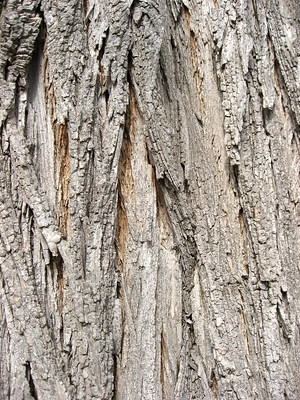
The bark is brown, grayish, and deeply furrowed. Compared to honey locust trees, it is not sharp or thorny. It may carry a reddish appearance due to the orangey-red color in its grooves.
Featured photo by: Beyond My Ken Wikipedia (CC BY-SA 4.0)

